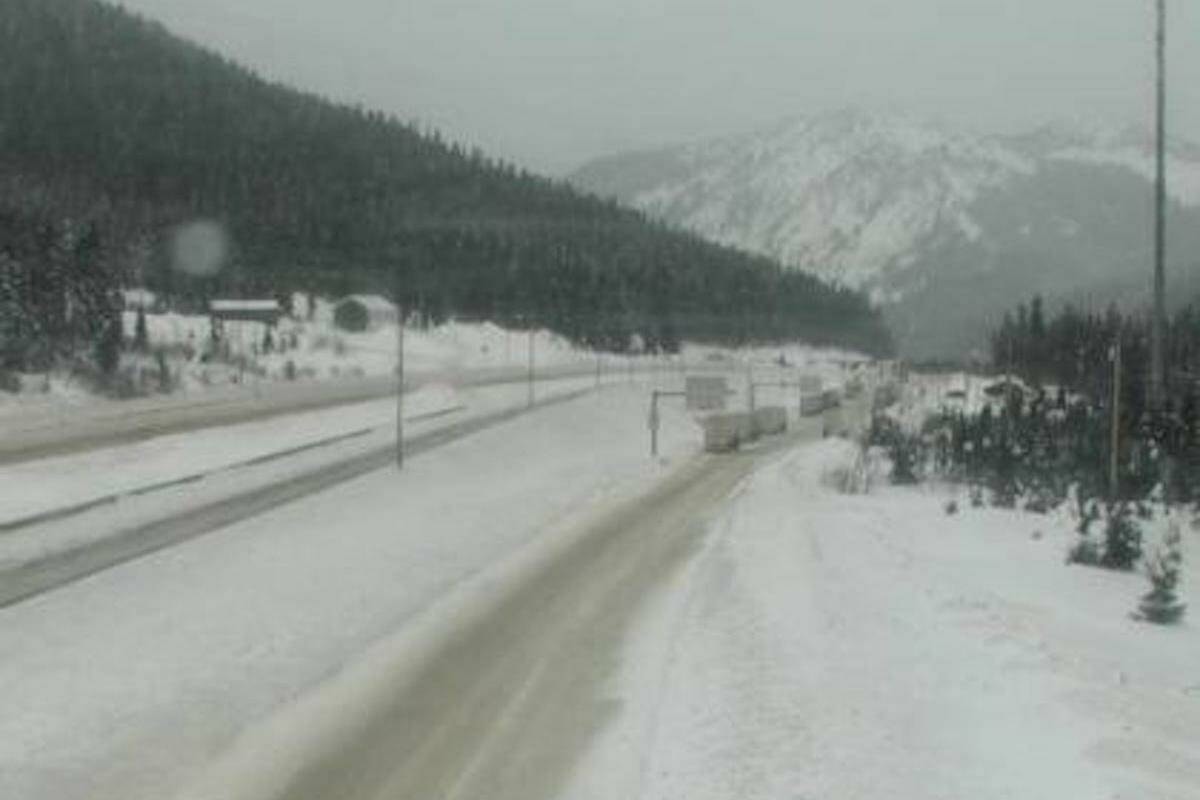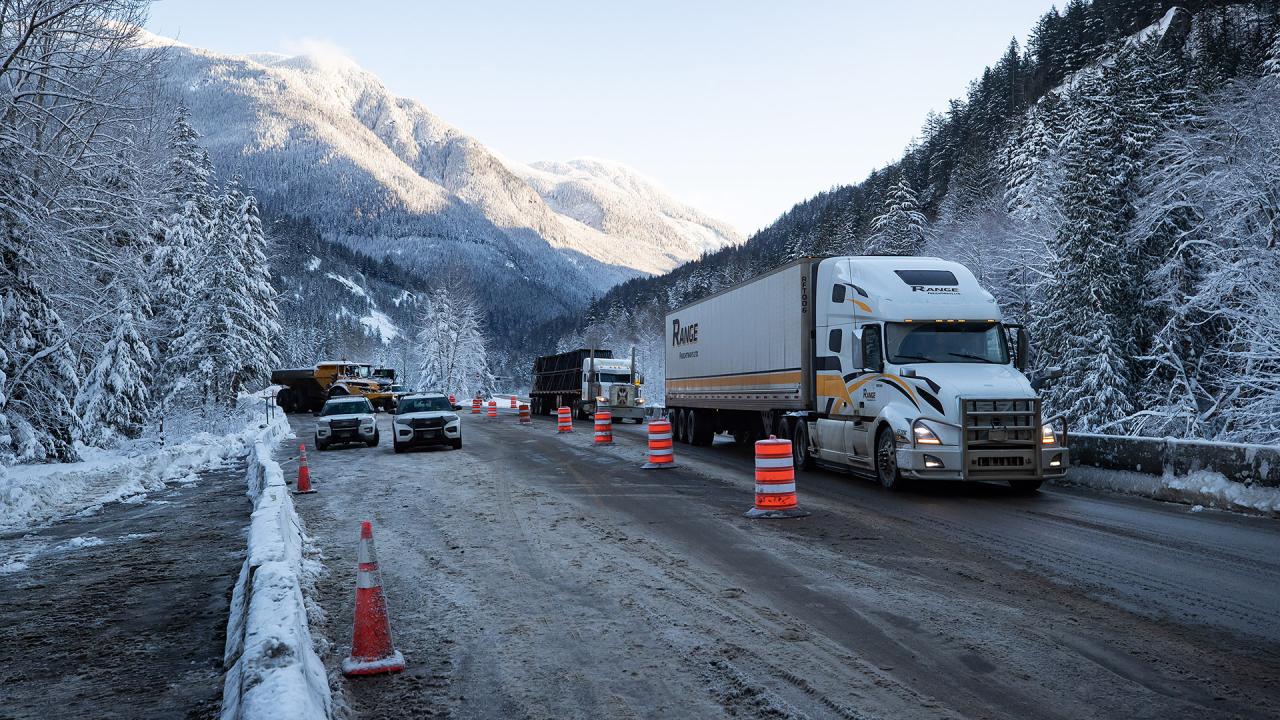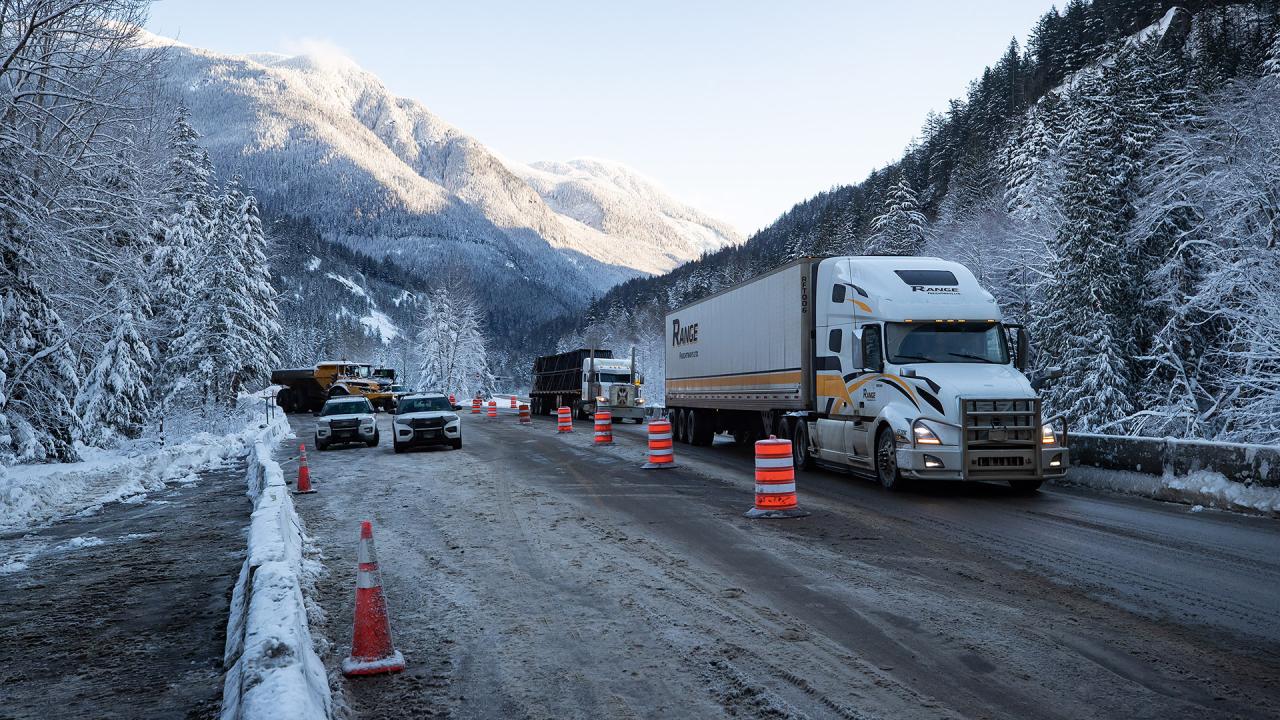Coquihalla weather cameras provide crucial real-time insights into the conditions along this challenging mountain highway. Understanding their limitations and effectively interpreting the images is key to safe travel. This exploration delves into the typical weather patterns, the impact of elevation, and the reliability of these visual tools, ultimately aiming to enhance driver preparedness and safety.
The Coquihalla Highway, known for its dramatic elevation changes and susceptibility to severe weather, presents unique challenges for drivers. This analysis examines how weather cameras, combined with other meteorological data, contribute to a comprehensive understanding of conditions along the route. We’ll explore how to interpret camera images, the influence of microclimates, and the importance of considering various weather-related factors before embarking on a journey.
Coquihalla Highway Weather: A Comprehensive Overview
The Coquihalla Highway, a vital transportation artery in British Columbia, presents unique weather challenges due to its mountainous terrain and significant elevation changes. Understanding the weather patterns, the reliability of weather information sources, and the impact on travel is crucial for safe and efficient highway usage. This article provides a detailed analysis of these aspects.
Coquihalla Highway Weather Conditions
The Coquihalla experiences diverse weather patterns throughout the year, heavily influenced by its elevation and proximity to various weather systems. The highway’s high elevation exposes it to extreme temperature fluctuations, heavy snowfall in winter, and intense rainfall during the spring and fall. Lower elevations may experience milder conditions, while higher points can see significant accumulations of snow and ice, even during relatively mild weather elsewhere in the province.
Elevation’s Impact on Weather
Elevation significantly impacts weather conditions along the Coquihalla. As altitude increases, temperatures generally decrease, leading to dramatically different conditions within short distances. Lower sections of the highway might experience rain, while higher elevations simultaneously experience heavy snowfall. This creates a complex and rapidly changing weather environment.
Microclimates and Localized Weather
The Coquihalla’s geography creates numerous microclimates. Canyons and valleys can trap cold air, leading to localized frost or fog even when surrounding areas are clear. Similarly, mountain passes are particularly vulnerable to strong winds and heavy snowfall, resulting in challenging driving conditions. These microclimates necessitate frequent monitoring of weather conditions across different points along the highway.
Comparison with Nearby Regions
Compared to nearby lowland areas, the Coquihalla experiences more extreme weather events. While the Fraser Valley might experience moderate rain, the Coquihalla at the same time could be experiencing heavy snow or freezing rain. This difference underscores the importance of consulting weather reports specific to the highway, rather than relying on regional forecasts alone.
Average Monthly Temperatures and Precipitation

| Month | Hope (Lower Elevation) °C | Summit (High Elevation) °C | Precipitation (mm)
|
|---|---|---|---|
| January | 1 | -8 | 150 |
| February | 2 | -7 | 120 |
| March | 4 | -4 | 100 |
| April | 7 | 1 | 100 |
| May | 11 | 5 | 80 |
| June | 15 | 9 | 70 |
| July | 18 | 12 | 60 |
| August | 17 | 11 | 70 |
| September | 13 | 7 | 90 |
| October | 8 | 3 | 120 |
| November | 4 | -2 | 160 |
| December | 2 | -6 | 180 |
Note: These are average values and actual conditions can vary significantly.
Monitoring the Coquihalla Highway’s weather conditions is crucial for safe travel, and static cameras provide a valuable service. However, for a more comprehensive view, especially in challenging terrain, the use of technology like a drone with camera could offer significantly improved coverage and real-time data. This could supplement existing Coquihalla weather camera systems, leading to better forecasting and hazard identification.
Reliability and Accuracy of Weather Cameras
Weather cameras provide valuable real-time visual information about Coquihalla Highway conditions. However, their accuracy is subject to various factors, and reliance solely on camera images for assessing road conditions is insufficient. A multi-faceted approach using various data sources is crucial for a complete picture.
Factors Influencing Camera Image Accuracy
Lighting conditions, camera quality, and regular maintenance significantly impact the accuracy of weather camera images. Poor lighting (e.g., at night or during heavy snowfall) can obscure details, while low-resolution cameras or poorly maintained equipment can reduce image clarity. Regular cleaning and calibration are essential for maintaining accuracy.
Limitations of Relying Solely on Camera Images, Coquihalla weather camera
Weather cameras provide a visual snapshot, but they cannot fully capture all aspects of road conditions. For instance, black ice might not be visible, and the severity of snow accumulation might be underestimated. Furthermore, cameras only cover specific locations, not the entire highway length.
Complementing Camera Data with Other Sources
Weather camera data should be integrated with other sources like official weather stations, forecasts from Environment Canada, and reports from highway maintenance crews for a comprehensive assessment. Combining visual data with numerical data provides a more accurate and complete understanding of the situation.
Comparison of Coquihalla Weather Cameras
Different Coquihalla weather cameras may vary in image quality, resolution, and features (e.g., night vision, wide-angle lens). Some cameras might offer better clarity in adverse conditions than others. A comparison of specifications and performance across different camera locations would be beneficial for users.
Examples of Misinterpreted Images
Heavy fog might appear less severe in a camera image than it actually is, due to the camera’s limited range. Similarly, light snowfall might appear insignificant on camera but could be accumulating rapidly, creating hazardous conditions. Understanding the limitations of camera perspectives is vital for accurate interpretation.
Impact of Weather on Coquihalla Highway Travel: Coquihalla Weather Camera

Various weather events significantly impact highway safety, traffic flow, and travel times on the Coquihalla. Understanding these impacts and implementing appropriate safety measures is essential for all drivers.
Effects of Weather Events on Highway Safety and Traffic
Snow, ice, and freezing rain dramatically reduce traction, increasing the risk of accidents. Heavy snowfall can lead to road closures, while fog severely impairs visibility. Rain can also reduce visibility and create hazardous conditions, especially when combined with snow or ice. These conditions cause significant traffic delays and disruptions.
Influence of Weather on Travel Times and Delays
Adverse weather conditions inevitably increase travel times. Snow removal operations, traffic slowdowns, and potential road closures can lead to significant delays. Drivers should always check weather reports and adjust their travel plans accordingly.
Driver Preparation Strategies for Different Weather Scenarios
Before traveling on the Coquihalla, drivers should check weather forecasts, pack emergency supplies (including warm clothing, food, water, and a first-aid kit), and ensure their vehicle is properly equipped for winter conditions (winter tires, chains, etc.). Adjusting speed to road conditions and maintaining a safe following distance are also crucial.
Safety Precautions for Drivers During Adverse Weather
- Reduce speed significantly.
- Increase following distance.
- Avoid sudden braking or acceleration.
- Be aware of black ice, which is often invisible.
- Keep an emergency kit in your vehicle.
- Check weather forecasts before traveling.
- Monitor DriveBC for road conditions and closures.
Role of Highway Maintenance Crews
Highway maintenance crews play a critical role in managing weather-related challenges. They are responsible for snow removal, ice control, and road clearing operations. Their work is crucial for maintaining highway safety and minimizing travel disruptions. Their efforts often involve 24/7 operations during severe weather.
Visual Representation of Weather Data
Visual representations of weather data, such as diagrams and infographics, can significantly improve understanding and aid in decision-making. Effective visual aids can enhance the interpretation of weather camera images and identify potential hazards.
Elevation and Temperature Relationship Diagram

A simple line graph could visually represent the relationship between elevation and temperature on the Coquihalla. The x-axis would represent elevation (in meters or feet), and the y-axis would represent temperature (in Celsius or Fahrenheit). The graph would show a clear downward trend in temperature as elevation increases.
Visual Guide for Interpreting Weather Camera Images
A visual guide could include sample images depicting various weather conditions (clear skies, light snow, heavy snow, fog, rain, black ice). Each image would be accompanied by a description explaining the condition and potential hazards. Different color-coding or visual cues could highlight areas of concern.
Identifying Potential Hazards in Weather Camera Images
Visual cues such as reduced visibility, white-out conditions, slow-moving vehicles, or unusual accumulations of snow can indicate potential hazards. The guide would highlight these visual cues and explain their significance in assessing road conditions. Training on image interpretation would improve the accuracy and efficiency of hazard identification.
Improving Clarity of Weather Camera Information
Color-coding, overlays, and other visual cues can greatly enhance the clarity of weather camera information. For example, areas of heavy snow accumulation could be highlighted in red, while areas of black ice could be marked with a specific symbol. The consistent use of visual cues would improve understanding and interpretation.
Ultimately, safe travel on the Coquihalla Highway requires a multifaceted approach to weather awareness. While Coquihalla weather cameras offer a valuable visual component, they should be used in conjunction with official weather forecasts and reports. By understanding the limitations of the cameras and utilizing all available information, drivers can make informed decisions and prioritize safety during their journey.
Top FAQs
How often are the Coquihalla weather camera images updated?
Update frequency varies depending on the specific camera and its location. Check the relevant transportation authority’s website for details.
Monitoring the Coquihalla Highway’s weather conditions is crucial for safe travel, especially during winter storms. Real-time views from the Coquihalla weather camera provide essential information for drivers. This is particularly relevant for businesses operating in challenging environments, such as archer aviation , whose operations might be affected by severe weather impacting the Coquihalla. Therefore, access to reliable weather data, like that from the Coquihalla weather camera, is vital for efficient planning and risk mitigation.
Are the weather cameras equipped with night vision?
Not all cameras have night vision capabilities. Image quality may be reduced at night.
What should I do if a weather camera image is unclear or unavailable?
Consult alternative weather sources, such as official forecasts and road reports, before traveling.
